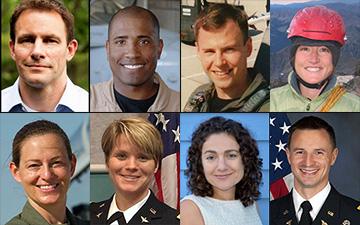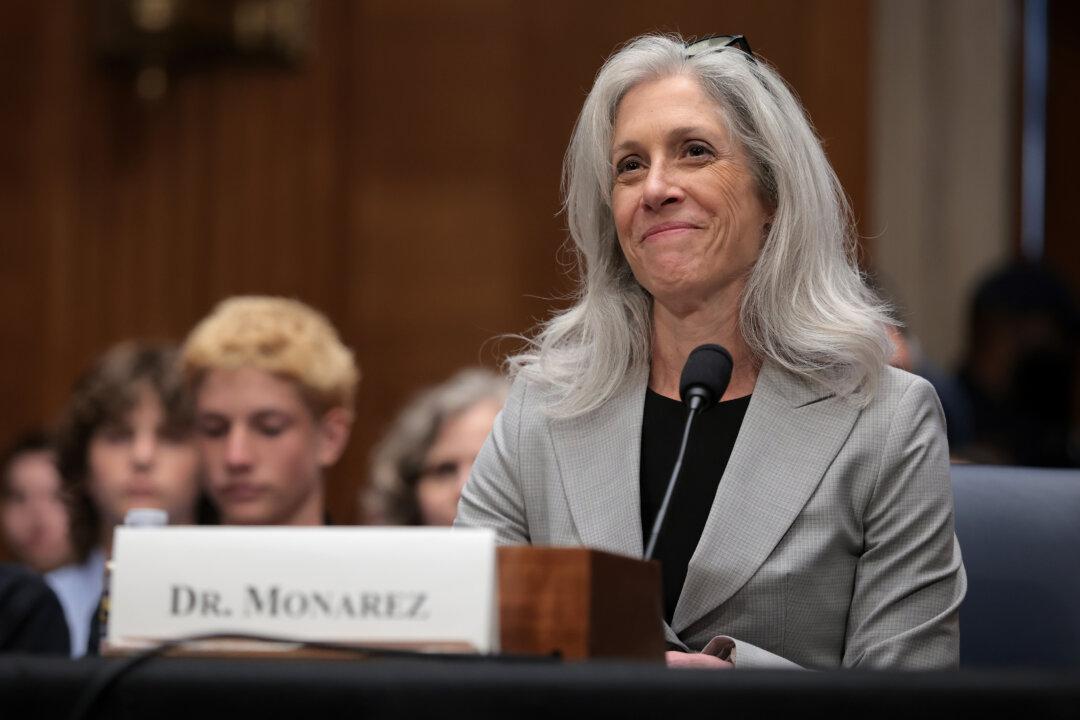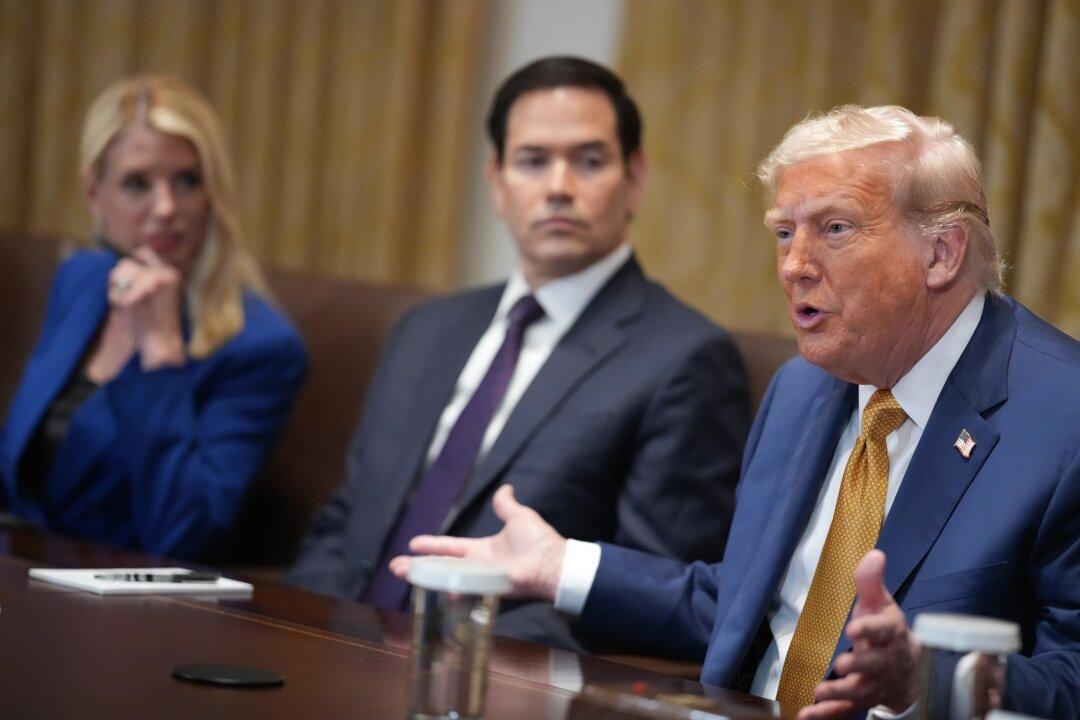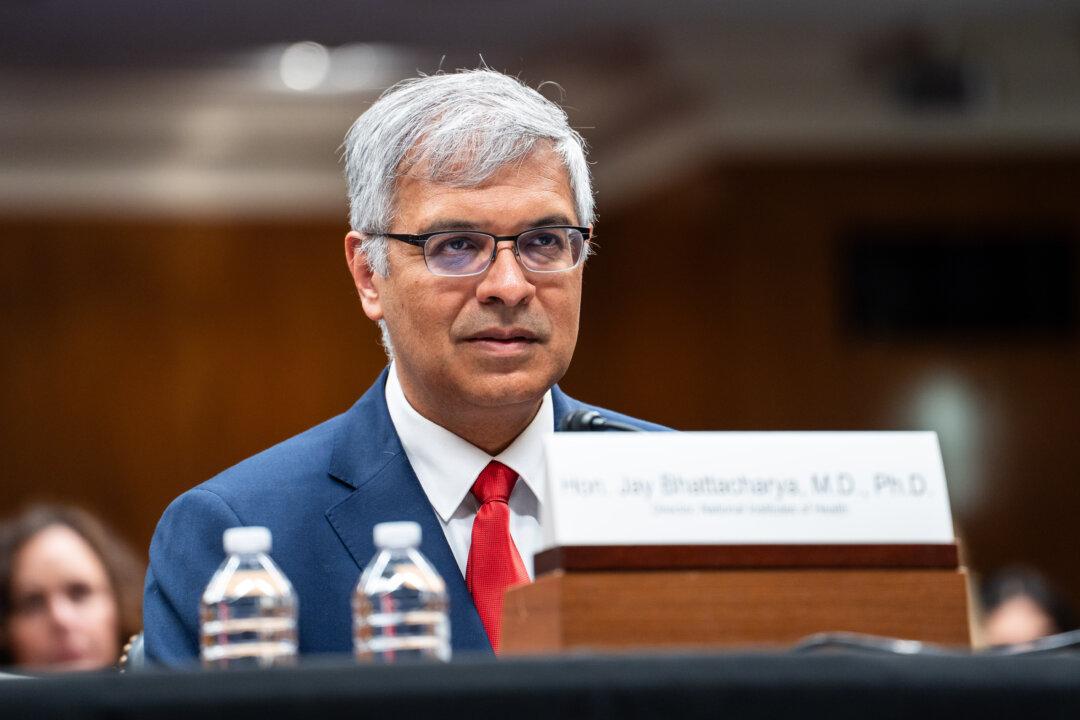The United States space agency NASA picked eight astronauts out of a gigantic pool of applicants on June 17, and some of these astronauts will participate in future planned missions to an asteroid and Mars.
“This new class will be among those who will have the opportunity to plan and carry-out these exciting missions strengthening our nation’s leadership in space and pushing the boundaries of exploration,” said NASA Administrator Charles Bolden in an announcement video.
NASA plans to in the 2020s capture a small near-Earth asteroid and redirect it into lunar orbit so astronauts can visit and study it, the first project of its kind.
Future missions include ones to Mars in the 2030s.
NASA is also gearing up to in several years launch astronauts to the International Space Station--which is constantly manned and always has at least one American on board--with American-made spacecraft from the U.S., instead of relying on the Russians.
Recently, American Karen Nyberg went to the International Space Station, joining three other astronauts, including fellow American Chris Cassidy.
Who Are They?
The eight astronauts include four women, the highest percentage of females in a trainee class ever. The eight were chosen from the second-largest pool of applicants, which numbered over 6,300. The astronauts will begin training at NASA’s Johnson Space Center in Houston in August.
Here are the bios of the astronauts:
Josh Cassada, Ph. D., 39, is originally from White Bear Lake, Minn. Cassada is a former naval aviator who holds an undergraduate degree from Albion College, and advanced degrees from the University of Rochester, N.Y. Cassada is a physicist by training and currently is serving as co-founder and Chief Technology Officer for Quantum Opus.
Victor Glover, 37, Lt. Commander, U.S. Navy, hails from Pomona, Calif., and Prosper, Texas. He is an F/A-18 pilot and graduate of the U.S. Air Force Test Pilot School. Glover holds degrees from California Polytechnic State University, San Luis Obispo, Calif.; Air University and Naval Postgraduate School. He currently is serving as a Navy Legislative Fellow in the U.S. Congress.
Tyler Hague (Nick), 37, Lt. Colonel, U.S. Air Force, calls Hoxie, Kan., home. He is a graduate of the U.S. Air Force Academy, Massachusetts Institute of Technology, and the U.S. Air Force Test Pilot School, Edwards, Calif. Hague currently is supporting the Department of Defense as Deputy Chief of the Joint Improvised Explosive Device Defeat Organization.
Christina Hammock, 34, calls Jacksonville, N.C. home. Hammock holds undergraduate and graduate degrees from North Carolina State University, Raleigh, N.C. She currently is serving as National Oceanographic and Atmospheric Administration (NOAA) Station Chief in American Samoa.
Nicole Aunapu Mann, 35, Major, U.S. Marine Corps, originally is from Penngrove, Calif. She is a graduate of the U.S. Naval Academy, Stanford (Calif.) University and the U.S. Naval Test Pilot School, Patuxent River, Md. Mann is an F/A 18 pilot, currently serving as an Integrated Product Team Lead at the U.S. Naval Air Station, Patuxent River.
Anne McClain, 34, Major, U.S. Army, lists her hometown as Spokane, Wash. She is a graduate of the U.S. Military Academy at West Point, N.Y.; the University of Bath and the University of Bristol, both in the United Kingdom. McClain is an OH-58 helicopter pilot, and a recent graduate of U.S. Naval Test Pilot School at Naval Air Station, Patuxent River.
Jessica Meir, Ph.D., 35 is from Caribou, Maine. She is a graduate of Brown University, has an advanced degree from the International Space University, and earned her doctorate from Scripps Institution of Oceanography. Meir currently is an Assistant Professor of Anesthesia at Harvard Medical School, Massachusetts General Hospital, Boston.
Andrew Morgan, M.D., 37, Major, U.S. Army, considers New Castle, Pa., home. Morgan is a graduate of The U.S. Military Academy at West Point, and earned doctorate in medicine from the Uniformed Services University of the Health Sciences, Bethesda, Md. He has experience as an emergency physician and flight surgeon for the Army special operations community, and currently is completing a sports medicine fellowship.
How Are Astronauts Chosen?
Basic requirements for astronauts include:
-Having a bachelor’s degree from an accredited institution in engineering, biological science, physical science, or mathematics
-The degree must be followed by at least three years of related professional experience, or at least 1,000 hours of pilot-in-command time in jet aircraft. Professional experience includes teaching experience
-An advanced degree can be substituted for experience, including a master’s degree equaling one year of experience and a doctoral degree equaling three years of experience
-Vision must be 20/20 or be able to be corrected to 20/20
-Blood pressure can’t be above 140/90 when the person is sitting down
-Must be taller than five foot, one inch, and shorter than six foot, four inches
What’s the Training Like?
After being chosen, astronaut candidates undergo a training and evaluation period of about two years. During this time they are required to:
-Complete military water survival
-Become SCUBA qualified in preparation for spacewalk training
-Pass a swimming test, which includes treading water continuously for 10 minutes while wearing a flight suit
-Fly in a jet aircraft that performs “parabolic maneuvers,” or flying up at a steep height to in this case induce periods of weightlessness for about 20 seconds each--this flight is repeated up to 40 times in a day
-Other training including Robotics skills training, International Space System systems training, and Russian language training
Do All Candidates Make it Into Space?
No.





